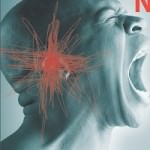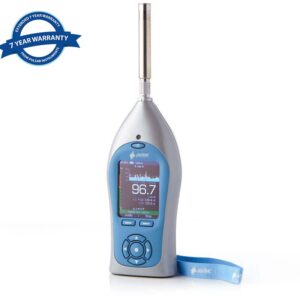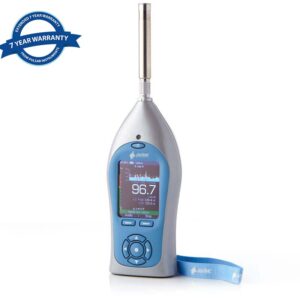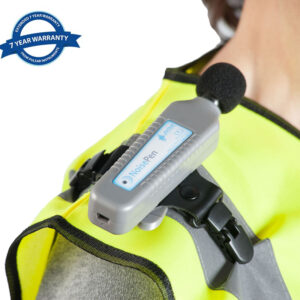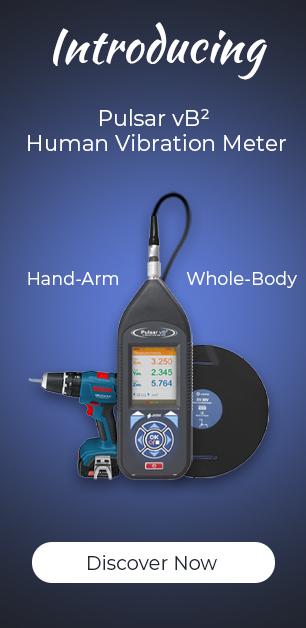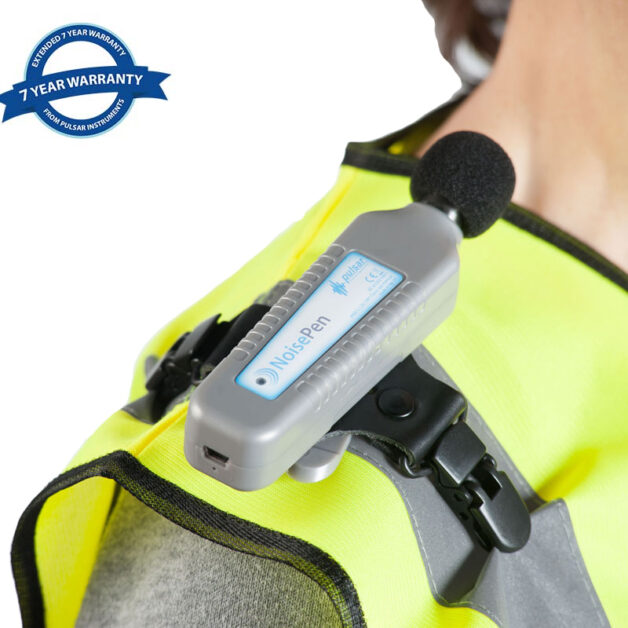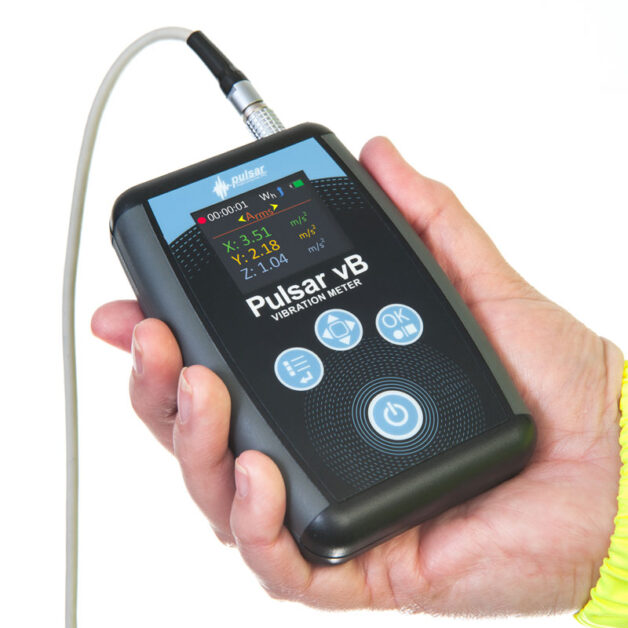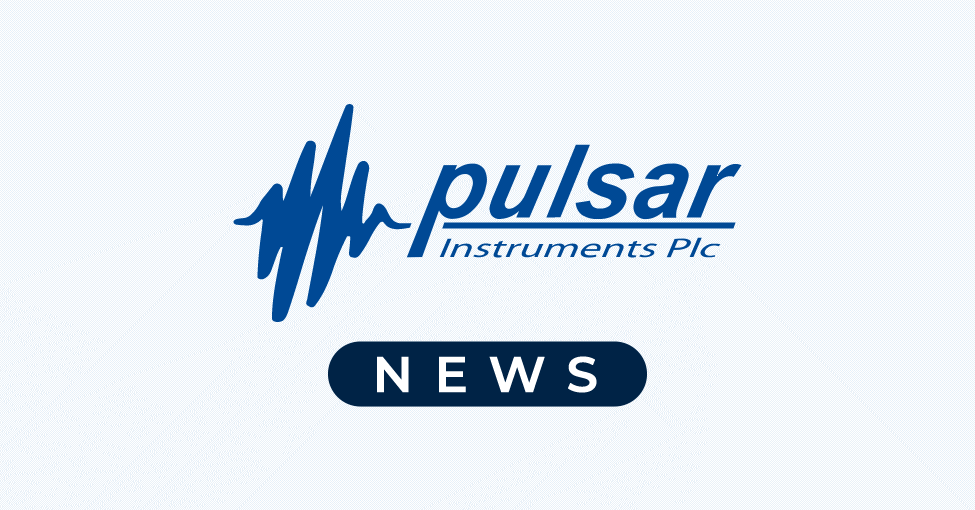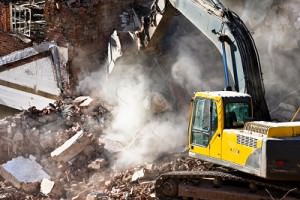
Your hearing is precious but, in a work environment, it can be subjected to noise levels that are so loud that, if repeated over time, can lead to noise-induced hearing loss. Today, hearing loss due to exposure to loud noise at work still ranks as one of the most common occupational diseases in the world. Those in the most hazardous jobs for your hearing will know how isolating and stressful this condition can be especially if accompanied by tinnitus. It need not be the case. Occupational hearing loss is totally preventable if exposure limits are respected and a robust noise control programme is implemented.
Legislation exists in the UK and, indeed, in most parts of the world, to safeguard hearing, but is it working? According to the HSE, in the UK, millions of workers are exposed to dangerously high noise levels. A few years ago, a report by the European Agency for Safety and Health at Work suggested that a quarter to a third of the workforce is exposed at some stage (for at least a quarter of the time) to high-level noise (29% for EU-15, 35% for newer Member States).
Is your job one of the 10 most hazardous jobs for hearing damage? We have listed below some of the jobs where noise can pose a serious health problem. See if you agree.
How loud is loud?
In the UK, the Control of Noise at Work regulations set legal limits on noise exposure in the workplace. The UK is not alone. Similar limits exist around the world. The limits currently in place are based on a worker’s time-weighted averaged over an 8 hour day or shift. The legal limit in the UK and in the EU is set at 87dB [decibels] ‘A’ weighted over an 8 hour period and a peak level of 140dB [decibels] ‘C’ weighted also over an 8 hour period. Ideally, noise levels should be kept below 80dB(A) to minimise the risk of noise-induced hearing loss. Don’t forget the 3dB rule which we have covered in this blog recently. As a reminder, each 3dB increase in noise level represents a doubling of sound energy requiring a halving in exposure. If you have a doubt, why not have another read?
These are some of the warning signs that may indicate that your workplace is too loud.
- You experience a humming or ringing in your ears after working in noisy places
- You feel the need to shout to make yourself heard by co-workers at less than 2m
- You suffer from a temporary loss of hearing when leaving work.
10 Most hazardous jobs for your hearing
Prevalence of noise-induced hearing loss is highest amongst craft and skilled workers although other professions can be at risk in the same workplace if care is not applied even for short noise exposures (for example managers and visitors). Typical sectors for workers affected by loud noise include construction, agriculture, forestry, manufacturing of metal and wood, mining and quarrying.
Construction
This industry has some of the noisiest tools in use such as for example drills, grinders, cutters, jackhammers or borehole tools which can reach noise levels in excess of 130dB. Very often high levels of impulsive noise source such as compressors can cause instant hearing damage. Construction workers or labourers, whether it’s on large infrastructure projects or home builders, can record average exposure to noise of 84-94dB(A) and road makers exposures of 79-107dB(A) which are high.
Manufacturing and Factory Workers
Any jobs such as plant and machine operators and assemblers can often use heavy machinery such as metal on metal or grinding which can be harmful to the unprotected ear. As an example, metal manufacturing can record exposure levels of 80 – 125dB(A) and a bottling plant levels of 85-110dB(A). In the USA the CDC states that almost half of people working in manufacturing have been exposed to hazardous workplace noise levels, and factory noise is the No.1 cause of occupational hearing loss.
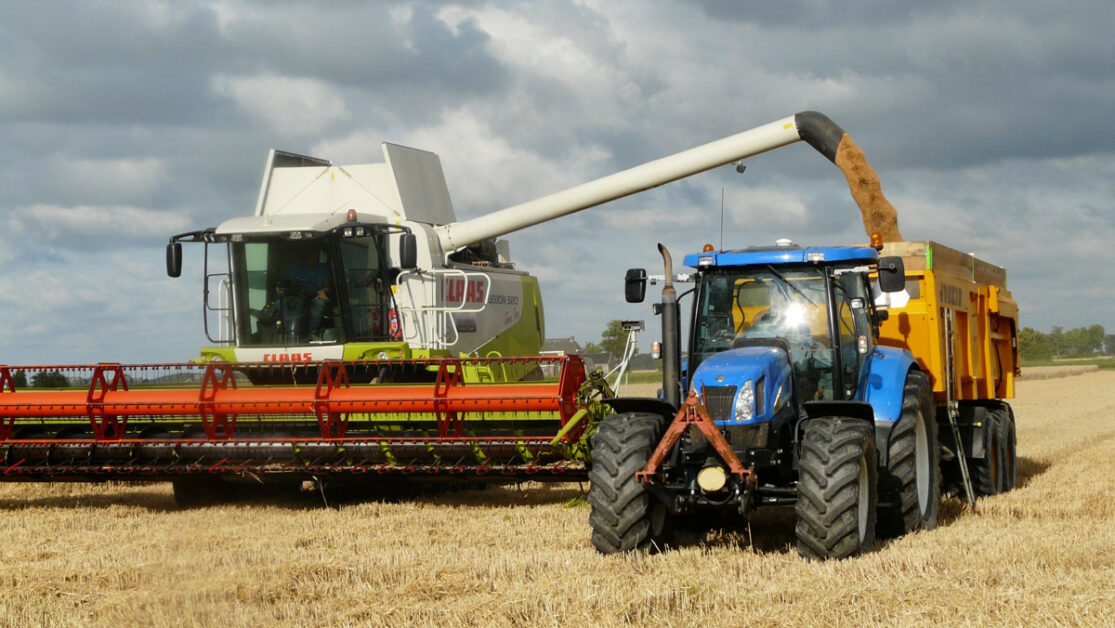
Agriculture
Any work involving wood chippers or chain saws will produce noise levels dB(A) of around 101 to 120 decibels which are well above the recommended levels. Any exposure would need to be monitored closely. Work involving contact with animals such as pigs will expose farm workers to a squealing noise of up to 110 decibels, and driving tractors with open windows or without cabs can be a problem too. Research shows that 75% of farmers experience hearing loss as they get older. Find out more about agricultural noise hazards.
Armed forces
Gunshots are dangerous for their short sharp exposures. Explosions and firefights can reach levels close to 180dB!. A constant peppering of your ears requires the highest level of hearing protection. However, in this line of work, it is not always practical or safe to wear heavy hearing protection and preservation of life is paramount. There have been several high profile compensation cases in recent years which have resulted in heavy fines for the military authorities in both Europe and the USA.
Dental workers and Hospital Surgeons
Dentists that do a lot of drilling and orthopaedic ‘bone’ surgeons who may use saws, drills and hammers in their work often contend with chronic daily exposure to a high frequency and decibel environment and are at high risk of having hearing loss. It’s not the duration of noise that generally causes the problems, it is the high levels of peak noise, the intensity of the sound and the fact that they are so close to it. High noise levels can be of particular problems in operating theatres where hard shiny surfaces and floors can cause sounds to reverberate. This high-frequency hearing loss impacts someones ability to distinguish sounds of consonants such as s,t,v,p,d, so their ability to comprehend what is being said is compromised. Find out more about solutions for Hospital Noise problems.
Teachers
In particular, nursery school teachers can be exposed to a steady flow of loud and high-pitched noise of around of 80dB(A) combined often with bad acoustical working environments (lots of hard surfaces and windows) which can make things worse. Both hearing and voice are at risk here. Similar issues can affect gym or swimming pool instructors who, in addition to the above, can also have loud motivational music playing in the background. Find out more about classroom noise.
Music and Entertainment
Equally, musicians who play in rock groups or orchestras are at risk of hearing loss from high noise levels and acoustic shock. Musicians practising six to eight hours a day and performing more than twice a week put themselves at significant risk, and if their practice room has reverberation then this could be worse. Recent high-profile hearing loss claims have resulted in hefty compensation awards and clarifications of the employers’ responsibilities for protecting the hearing of musicians.
DJs, bar staff, floor staff and security personnel can also often be subjected to noise exposure levels greater than 90dB(A) which is significant especially if they work long shifts. These workers are often overlooked due to the irregular nature of their employment. Find out more about high noise levels in the hospitality industry.
Discover more about solutions for noise problems in the Entertainment industry.
Airport ground control staff
This is one area where it would be impossible to work without hearing protection. Standing even 100ft away from a jet engine landing or taking off will expose workers to noise levels of around 140dB (decibels). 140dB is the threshold of pain and it is highly likely that you will lose your hearing very quickly if you don’t pay attention to safety warnings.
Fire-fighters and emergency services
The alarms and the sirens firefighters have to deal with can be noisy and irritating. Many people assume that the sirens on the engines are the main source of the noise but, if the automatic fire alarm is still going off, the noise levels from these can be well over 100dB(A). On top of all this, there is the risk of explosion and thus high levels of impulsive noise so, potentially, you have a very ‘tasty’ noise cocktail!
Hairdressing
This job involves the use of hairdryers and very often loud music playing the background over a long period of time. Many hairdryers produce noise of around 85-90dB(A) which put them in the danger zone as far as personal exposure is concerned. Hairdressers need to take careful steps to ensure they are not exposing themselves to damaging noise levels over their career.
We hope this article has given you a good overview of some of the 10 most hazardous jobs for your hearing.
If you are worried about noise levels in the workplace and would like to obtain advice on workplace noise measurement and appropriate monitoring tools, contact our friendly team on +44 (0)1723 518011 or complete our contact form.
-
 Noise at Work Sound Level Meter – Nova Class 2From $2.762,20 (Ex. VAT/GST)
Noise at Work Sound Level Meter – Nova Class 2From $2.762,20 (Ex. VAT/GST) -
 Noise at Work Sound Level Meter – Nova Class 1From $3.166,80 (Ex. VAT/GST)
Noise at Work Sound Level Meter – Nova Class 1From $3.166,80 (Ex. VAT/GST) -
 NoisePen Dosemeter – Personal Sound Exposure Meter$698,60 (Ex. VAT/GST)
NoisePen Dosemeter – Personal Sound Exposure Meter$698,60 (Ex. VAT/GST)
References:
- European Agency for Safety and Health at Work website
- Cleveland Clinic Health Essentials – 8 Jobs that lead to hearing loss and how to prevent it.
